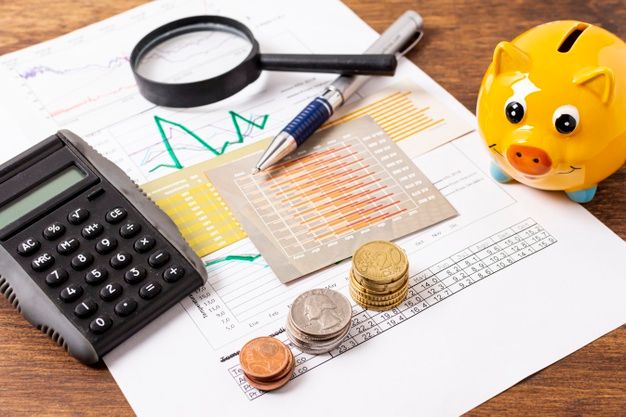
Drawing up a personal budget is a fundamental task to have an effective control of our finances. However, many people do not know where to start or are not clear on how to do it.
Analyze your income and expenses
The first step in developing an effective personal budget is to analyze your income and expenses. It is important that you have a clear idea of how much money is coming in and going out of your pocket each month.
To analyze your income, you should add up all the income you receive on a regular basis, such as your salary, rental income or any other source of income. If you have a variable income, try to make a monthly average.
Once you have analyzed your income and expenses, you will have a clear picture of your current financial situation. This will help you set realistic goals for your personal budget.
Establish financial priorities and goals
Once you are clear about your income and expenses, it's time to set your financial priorities and goals. This means determining what is most important to you in terms of personal finances.
You can start by making a list of your short-, medium- and long-term financial goals. Some possible goals might be:
- Saving for an emergency fund;
- Paying off debts;
- Saving for the purchase of a house;
- Saving for your children's education;
- Planning for retirement.
Setting priorities will help you focus on what really matters and avoid unnecessary distractions.
Create a list of monthly expenses
Once you have recorded your monthly income, it is important to make a list of all the expenses you have each month. To do this, you can use a spreadsheet or simply a pen and paper.
In this list you should include all the fixed expenses you have each month, such as rent or mortgage, utilities, car payment, food, etc. It is also important to include variable expenses, such as dining out or going to the movies.
It is important to be as detailed as possible in this list so you can have a clear idea of how much money you need each month to cover your expenses. If you have trouble remembering all of your expenses, you can review your bank or credit card statements to help you remember.
Once you have your complete list of monthly expenses, you will be able to see how much money you have available after paying all your obligations. This number will be very useful for the next step in making your personal budget effective.
Allocate a budget for each expense category
Once you have identified all your sources of income and expenses, it is important to assign a budget for each expense category. This will help you control your spending and ensure that you don't spend more than you earn.
To assign a budget for each expense category, follow these steps:
- Review your previous month's expenses and determine how much you spent in each category;
- Set a limit for each spending category based on your total budget;
- Adjust your spending habits to meet the established limits;
- Regularly review your budget and make adjustments if necessary.
Remember that allocating a budget for each spending category does not mean you must spend all the money allocated. If you manage to spend less in one category, you can transfer the excess money to another category or save it for emergencies or long-term goals.
Constantly monitor and adjust your budget
Once you have developed your personal budget, it is important to constantly track your spending and adjust your budget accordingly.
Review your monthly expenses and compare them to your budget. If you are spending more than you anticipated in a specific category, look for ways to reduce spending in that area. For example, if you are spending too much on meals out, try cooking more at home or look for deals and discounts at restaurants.
It is also important to be aware of changes in your income or expenses. If your income decreases or increases, you may need to adjust your budget to accommodate this new reality.
Consistently tracking your budget will help you stay on track financially and help you reach your long-term goals.






